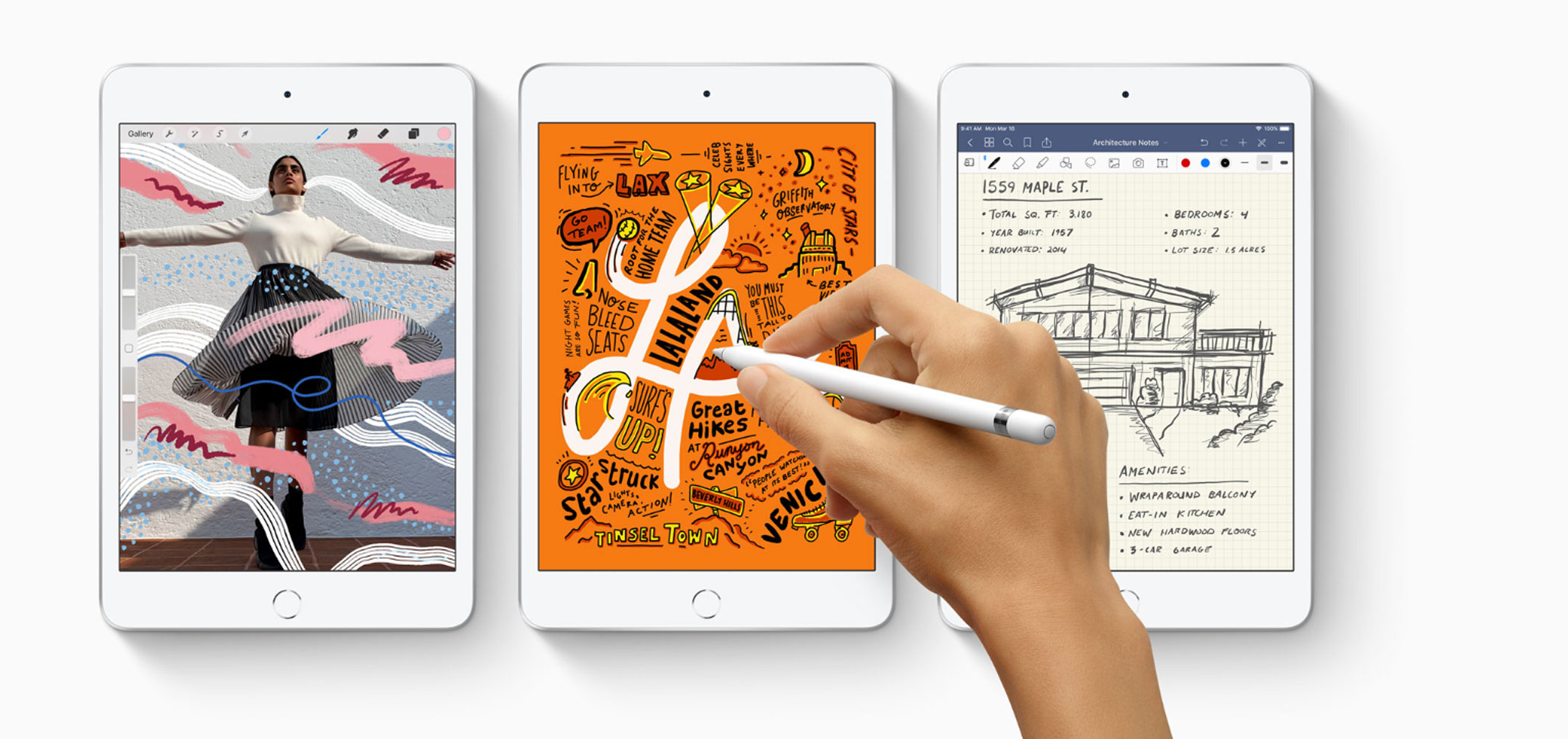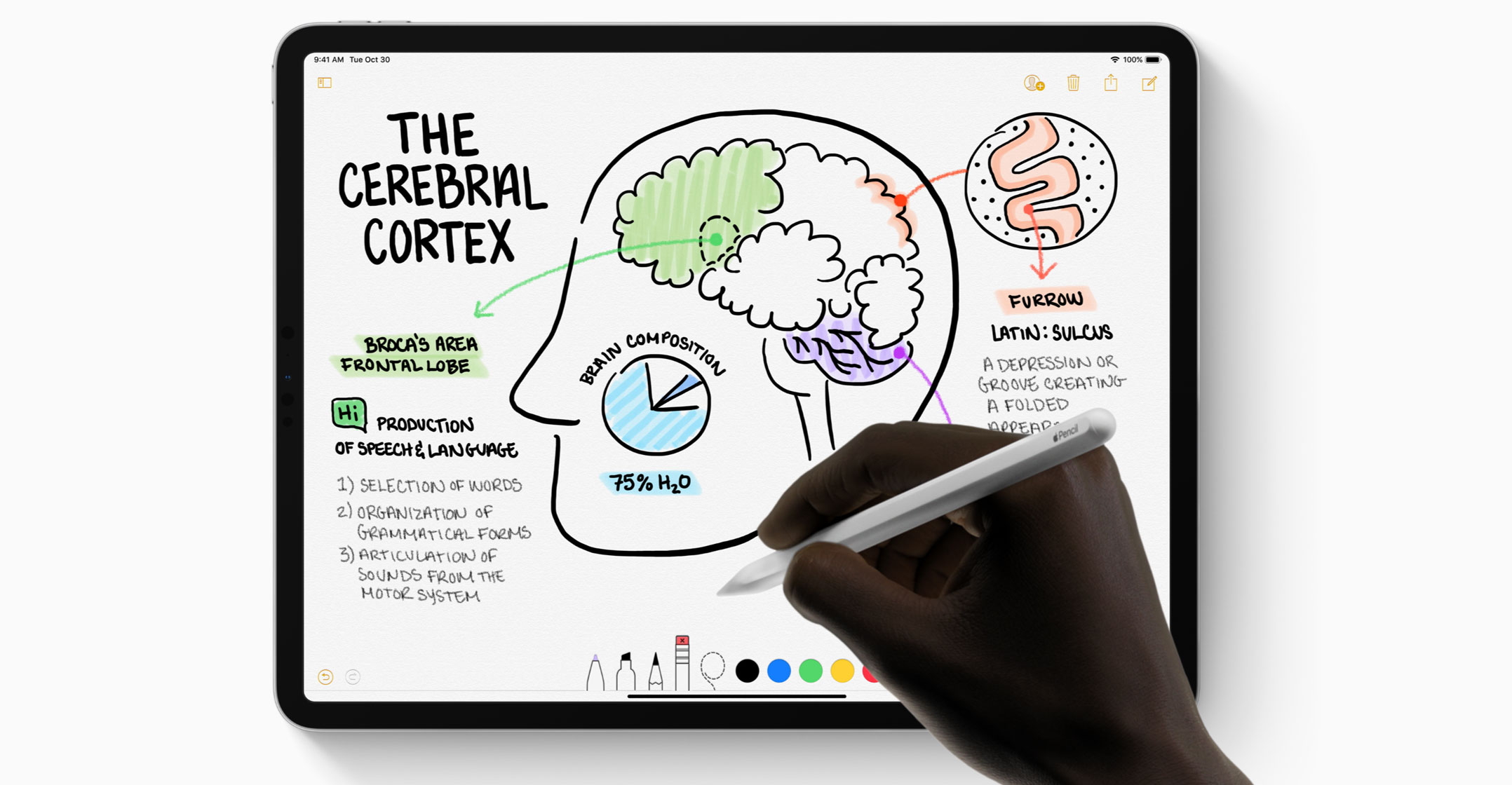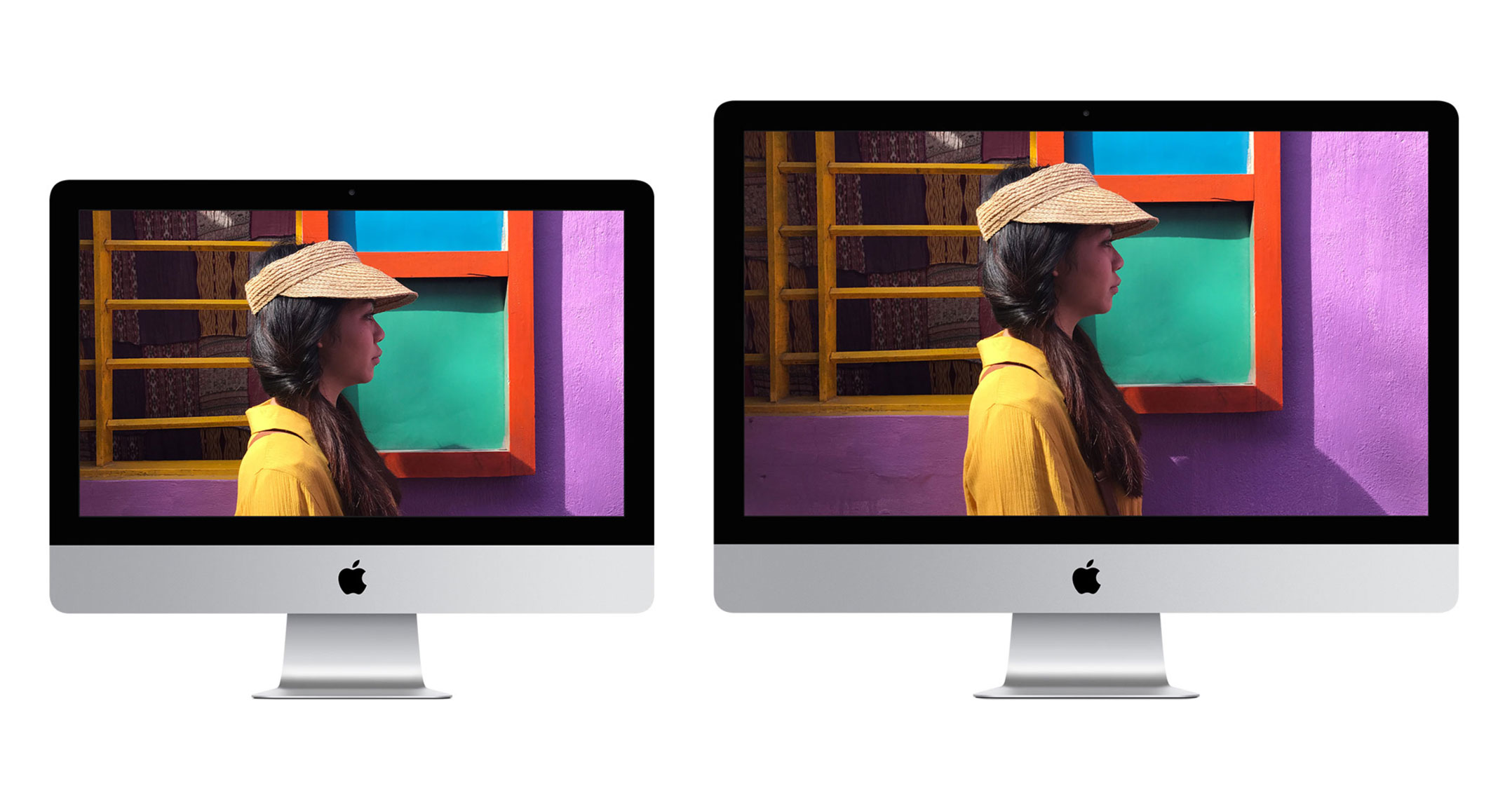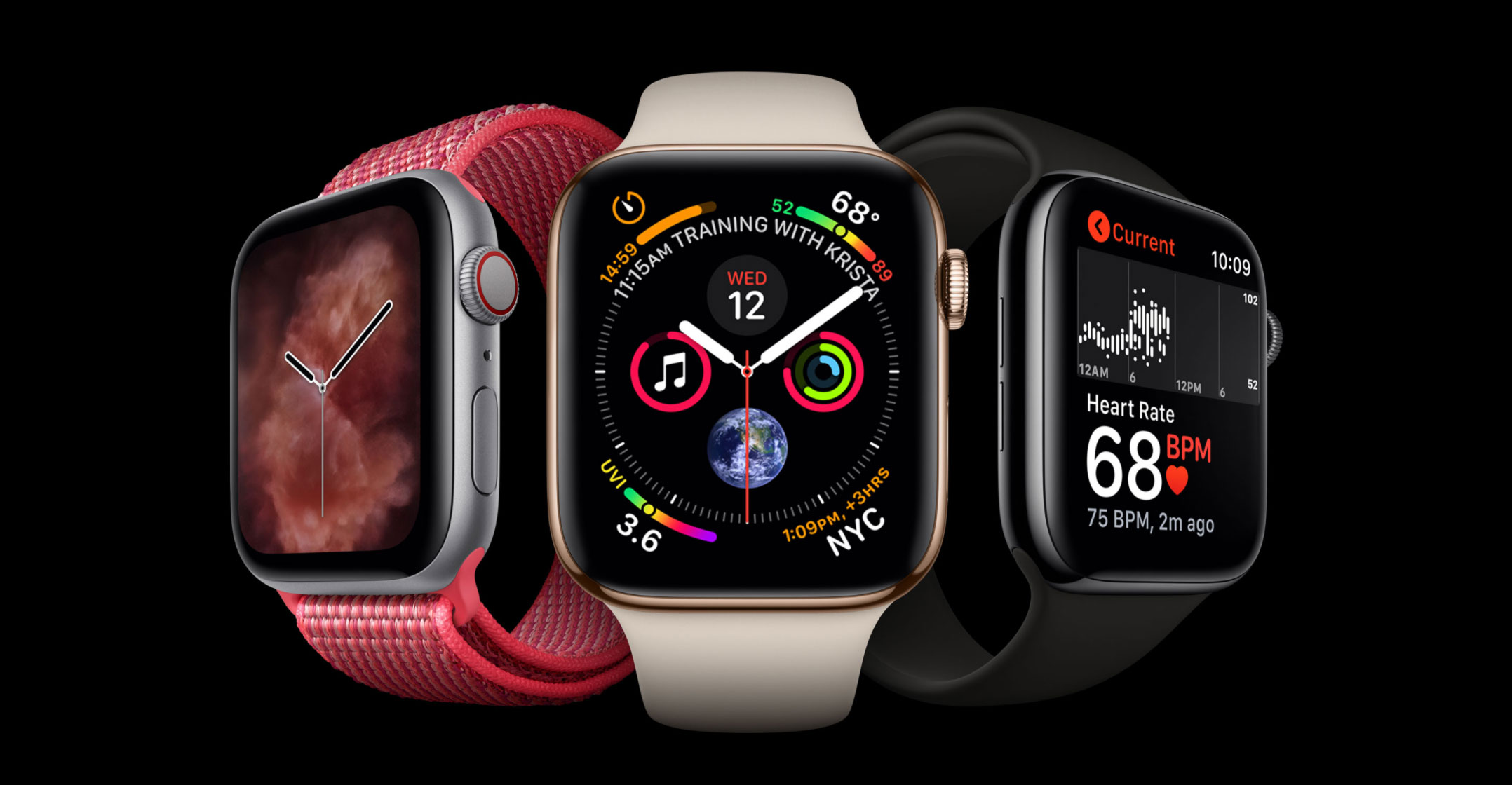
Apple is planning to unleash a slew of new apps, features and development tools at its annual software conference next month. To improve its devices and strengthen its connection to customers, the consumer technology giant will continue to walk a fine line between wooing outside app makers while also competing against them.
The Worldwide Developers Conference, or WWDC, starts on 3 June. The company will reveal updates to the operating systems that run the iPhone, iPad, Mac, Apple Watch and Apple TV. Highlights include upgrades to core iPhone apps such as Maps, Reminders and Messages; new apps for the Apple Watch that make it more independent from the iPhone, and enhancements to the health tracking capabilities of Apple devices, according to people familiar with the plans.
Since launching the iPhone in 2007, Apple has pursued an aggressive approach to refreshing its mobile operating systems each year. The fast pace is taxing on Apple engineers, but the results have been impressive. The company’s products are often unique and more capable than those of rivals because Apple’s homegrown software works so well with the hardware. The new updates also give users access to the latest services like Apple Music and the upcoming TV+ video streaming subscription, which give Apple a recurring revenue stream.
It’s a delicate balance. Part of the allure of iPhones and iPads also comes from all the different apps made by independent developers. The company provides new tools for these partners, but it is increasingly building its own versions of popular apps, too. That helps differentiate its devices from rivals but sometimes upsets third-party developers. Spotify Technology and other app makers have complained to European antitrust regulators that Apple’s own software and services give it an unfair advantage on the App Store. US presidential candidate Elizabeth Warren has proposed splitting the App Store from the rest of the company, although few other policymakers have supported the idea.
“Developers, from first-time engineers to larger companies, can rest assured that everyone is playing by the same set of rules,” Apple said in a recent statement rebutting Spotify’s complaint. “That’s how it should be. We want more app businesses to thrive — including the ones that compete with some aspect of our business, because they drive us to be better.”
Balance
New features coming to the Apple Watch illustrate the balance the company must strike. Apple plans to add the App Store directly to the Watch so users can download apps on the go. This could open up huge new opportunities for outside developers, boosting app installations. But Apple has its own new Watch apps in the works, too. There will be new health applications, a Calculator and a Books app for listening to audio books from your wrist, the people familiar with the plans said.
So far, Apple has managed to make the strategy work. The App Store drove US$46.6-billion in spending last year, almost double the amount spent on Google’s Android equivalent, according to Sensor Tower estimates. That’s wooed more than 20 million developers who have created over two million apps for Apple’s platform. At the same time, there are 1.4 billion active Apple devices in use, and 92% of iPhones and iPads run the latest operating system, or the version before that. The App Store and other digital services are on course to generate more than $50-billion in annual revenue soon.
Here are the software features Apple is planning to announce at WWDC 2019, according to people familiar with the plans. They asked not to be identified discussing unreleased product details. Apple’s plans are fluid and could change between now and the event, people familiar with Apple’s development process said. The company could also choose to push back some features until next year, like was done last year, they added. An Apple spokesman declined to comment.

What’s coming for iOS 13
Codenamed “Yukon”, the refreshed operating system for iPhones and iPads includes tweaks and new features across several apps, including features originally planned for last year. The company is also already working on iOS 14, codenamed “Azul”, for 2020. That release is expected to support 5G wireless network speeds and new AR functionality for next year’s iPhone.
The software, for the second year in a row, will speed up the devices and reduce bugs. There will be user interface tweaks, including a new animation when launching multitasking and closing apps. The widgets that appear to the left of the home screen will also have a cleaner look.
A dark mode, a black and grey-heavy interface optimised for viewing at night, that can be enabled in Control Centre, the panel for quickly accessing settings.
The company is testing a new keyboard option that allows users to swipe across letters on the keyboard in one motion to type out words (Apple could choose to keep this feature internal). This is similar to options on Android handsets and it would compete with third-party iPhone apps such SwiftKey.
A revamped Health app with a new homepage that better outlines your daily activity from the day. There will be a section for “hearing health”, like how loud you play music on your headphones or the loudness of the external environment. It also includes more comprehensive menstrual cycle tracking, vying with period-tracking apps such as Clue, Flo and Ovia.
A new feature similar to popular third-party apps Duet Display and Luna Display that will let users use their iPad as a second Mac screen with the ability to draw with an Apple Pencil, expand the viewing area, and get Mac notifications.
An updated Reminders app that better competes with the several to-do list programs available on the App Store. The new app has a main screen with four default sections laid out in a grid: tasks to be done today, all tasks, scheduled tasks and flagged tasks. Each section has its own different-coloured page that users can add items to.
A new feature in Screen Time, Apple’s tool for controlling device usage, will let parents limit who their kids can and cannot contact at certain times. For example, a parent could make it so their kid can’t contact anyone but them during the evenings. Apple was criticised recently for removing multiple third-party parental-control apps from the App Store, but the company said it yanked the software due to security and privacy concerns.
A refreshed Apple Books app will encourage users to read more by way of an updated progress tracker and a new rewards system.
iMessage gets an upgrade with a WhatsApp-like enhancement that lets people set a profile picture and display name, and choose who sees it. There’s also a dedicated menu in the conversation view to send sticker versions of Animojis, the virtual characters that users can control with the latest iPhone and iPad cameras, and Memojis, which are virtual representations of users themselves.
An updated Maps app will make it easier to set frequent locations, like home or work addresses, and then navigate there. Users will also be able to create groups of frequent places and add a photo to them. The current interface for navigating to suggested or past destinations can sometimes be confusing. This will increase competition with Google Maps and Waze apps.
Apple is combining the Find my Friends and Find my iPhone services into a new, single app, internally called “GreenTorch”. This could go along with a physical beacon to attach to non-Apple devices like a backpack, according to 9to5Mac. That would challenge Tile, which makes similar iPhone-tracking dongles.
The built-in Mail app will be updated with the ability to mute individual threads, block incoming e-mail from certain contacts, and will have simpler folder management.
A new system-wide Sleep Mode that will tie into an upgraded version of the Bedtime tab in Apple’s Clock app. The Bedtime feature lets users input the time they fall asleep and when they want to wake up. The software currently tracks some sleep patterns, but the new version will be more extensive and could integrate with future Apple sleep-tracking devices, like a new Apple Watch. The Sleep Mode, when enabled in Control Centre, turns on Do Not Disturb, darkens the Lock Screen, and mutes all notifications.
An upgraded Home app as part of the company’s smart home push will be more integrated with security cameras and have the ability to view past recordings.
Apple is also planning to let the HomePod speaker respond to different users’ voices, creating a much requested multi-user mode.
A more organised “share sheet” interface for sharing photos and Web links. The software will suggest people to send content to based on how frequently you interact with them.
The company is testing a downloads manager for its Safari Web browser so users can access downloads in a single place like they can on a computer. An updated Files app will work better with third-party software.
The iPad is getting some unique features, including an updated interface for multitasking, tweaks to the home screen and the ability to cycle through different versions of the same app.
Apple is planning to better integrate hearing aid support and will have a more comprehensive Accessibility settings menu on the main page of the Settings app.
 What’s coming for macOS 10.15
What’s coming for macOS 10.15
The biggest change coming to the Mac this year is the ability for iPad apps to run on laptops and desktops.
For the first time, Apple will allow developers who write iPad apps to re-work their apps so the software can also run on the Mac. This will be useful for developers who are looking to simplify their development process, but it will also brighten the macOS app ecosystem with several new applications. Developers will still need to submit separate versions of the app to Apple’s iOS and Mac App Stores, but the new software development kit will mean they don’t have to write the underlying code twice.
Beyond this year’s conference, Apple is planning to expand the feature so iPhone apps can run on the Mac by next year. The year after that, the company aims to merge iPhone, iPad and Mac applications into single downloads that can run on any Apple device. Eventually, it could also merge the App Stores.
Apple is also planning bring over a couple of its own iPad apps to the Mac this year: a Podcasts app and the new merged Find My iPhone and Find My Friends app from iOS 13.
There will also be a new Apple Music app, which is being developed as a standard Mac program.
Other in-house software coming to the Mac includes: Screen Time; effects and stickers for the Messages app; integration with the Siri Shortcuts app (the company’s new service for writing your own Siri commands); the new Reminders app; and upgrades to Apple Books.
While the developer conference is software-focused, the company often sprinkles new hardware announcements in at the event. For this year, Apple has been considering debuting a revamped Mac Pro desktop computer. It’s also readying a new external monitor, code-named J290, with high-dynamic-range support (so colours look much better).
 What’s coming for watchOS 6
What’s coming for watchOS 6
Apple is adding the App Store directly onto the Apple Watch so users can download apps on the go, making the device more independent. Users currently install new apps via the Watch companion application on their iPhone.
Apple is bringing the Voice Memos app from the iPhone, iPad, and Mac so users can record voice memos from their wrist.
Apple is also planning to add Animoji and Memojis stickers to the device that synchronise from an iPhone.
The Watch will also get an Apple Books app for listening to audio books from the wrist and a Calculator app.
There will be two new health-related apps for the Watch: one dubbed “Dose” inside Apple for pill reminders and another called “Cycles” to track menstrual cycles.
Apple is adding more watch face “Complications”, which show additional snippets of information beyond just the time. There will be one that shows the status of audio books, another showing the battery life of hearing aids, and others that measure external noise and rain data.
The company is also planning several new watch faces: a “Gradient” face that makes a gradient look out of a colour the user chooses, at least two new “X-Large” faces that show jumbo numbers in different fonts and colours, a “California” dial that looks like a classic watch face and mixes Roman numerals with Arabic numerals, a redesigned “Solar Analog” watch face that looks like a sundial, and a new “Infograph Subdial” one that includes larger complication views like a stock market chart or the weather. — Reported by Mark Gurman, (c) 2019 Bloomberg LP




